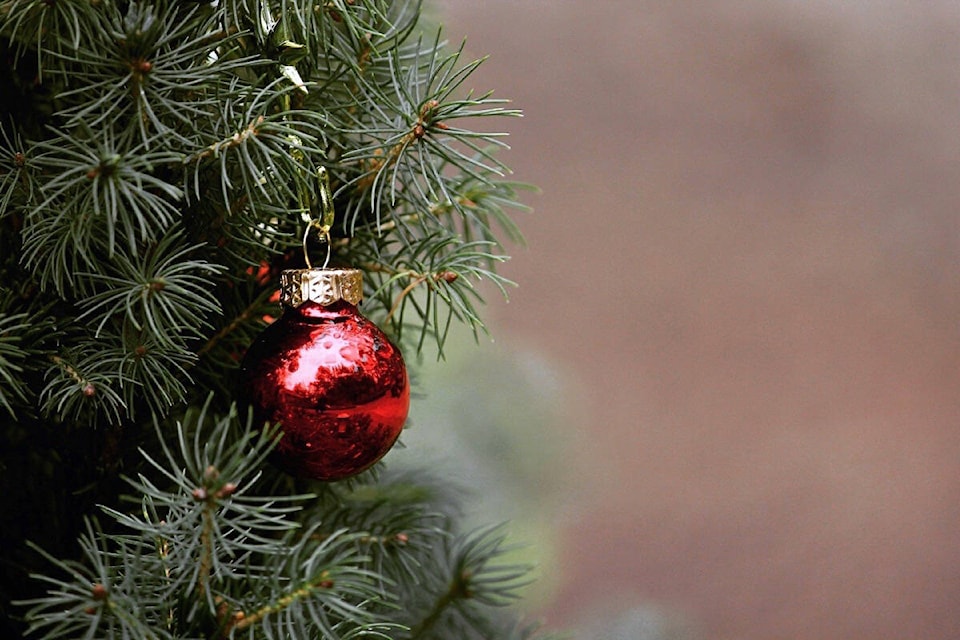If a live tree is part of your Christmas traditions, be prepared for the possibility of having to shop early and pay more, as a variety of factors are contributing to an overall shortage of trees this holiday season.
Tree farmers in British Columbia are concerned that wildfires and heat waves have taken a toll on their supply of Christmas trees this year, driving up prices, although how much Vancouver Islanders might be affected c0uld depend on where and when they are shopping.
Cory Gunter-Smith, who owns Alberni Christmas Trees with wife Kris, said recent news reports that there is a shortage of trees this year is exaggerated.
“Things are OK. The summer before last was a bit brutal; a lot of what we planted didn’t survive. We’re in good shape,” he said. He doubts there will be a dip in availability a few years from now when the seedlings that died off should have matured.
For Tom Verbrugge of Tom’s Trees in Port Alberni, it’s less about the quantity of trees but affected and more about the quality.
“My trees aren’t as full as they could be,” Verbrugge said. “Two years of drought did take its toll.”
Mike Day of Doveside Christmas Tree Farm in Courtenay said severe weather has not only affected trees this year but will do so in future years — up to eight years from now.
“What we’ve been seeing in particular with Covid, is that there has been a much higher demand for trees. In a regular year, we usually sell up to 400 trees a year. This year, we’re expecting about 120 trees.”
Day added the farm essentially stopped offering pre-tagged tree sales a few weeks ago. For anyone cutting their tree, he suggested cutting them a week later than usual as needle retention may not be as good as in the past.
An increase in fertilizer prices and additional maintenance due to heat and lack of precipitation have also contributed to the rising cost. Day explained more maintenance and labour are required to look after the trees, as they have not been as robust as in past years.
“A good example is to look at the apple crops we’re getting at the grocery stores from Washington State. They are much smaller - and cost more - compared to past years, and the crops are much more limited. The same thing happens with Christmas trees.”
In the spring, farmers shape the trees for the coming year and the stress of shaping forces the trees to densify. This year Day said because of weather and environmental factors, that didn’t happen, and this year trees are generally not as tall or as dense as they usually are.
Dani Frances, owner of Alberni’s Mossy Stumps Tree Farm said the drought has affected her replanting more than her mature trees.
“My seedling mortality last summer was on average 35 percent for grand fir and 100 percent for the nobles planted in one of my fields,” she said. In 2021 she noticed that the tops of some of her more mature trees were scorched from the sun.
Douglas fir usually fare better during drought, she added. A typical Douglas fir Christmas tree takes eight years to grow, while a noble fir takes 10-12 years until they are at an average height.
“People can count the rings on the trees if they want to know how many years the farmer has cared for that tree—planting, fertilizing, mowing or brushing, shearing and harvesting,” Frances said.
“We are at the whim of the weather.”
Many Christmas trees sold in British Columbia actually come from the east coast of Canada, where the majority of Christmas tree farms are located, he said. For those wondering why there are not more farms locally, Day noted unlike traditional farming, Christmas tree farms are a long-term investment.
“There’s about a 10-year wait until you see the first crop.”
RELATED:
RELATED:
photos@comoxvalleyrecord.com
Like us on and follow us on



